Over the last couple hundred years, hundreds of millions of people have died as the result of pandemic outbreaks. Here are a couple of the big ones that have hit during recent times.
History of Pandemics – Major Recent Pandemics
1918 Flu Pandemic – The Spanish FluIn the United States, nearly 675,000 people died during the pandemic outbreak. Of those that died, most were healthy adults; in fact, the highest casualty rates came among those in the 20 – 50 year old age group. To this day researchers are not sure why that age group was affected, as these type of outbreaks usually affect older and younger age groups.
Recently, scientists have begun work to bring back the 1918 flu virus, which was found preserved in the permafrost of Alaska. They hope to study the virus to prevent future outbreaks, but some wonder if they are playing with fire by even attempting to resurrect this deadly contagion.
Third Pandemic
While the secondary strain was largely confined to Asia, it’s estimated that some 12 million people throughout the world eventually died as a result of the Third Pandemic. It’s thought that the Third Pandemic may have been the root cause of the San Francisco plague of 1900–1904, which was the first recorded Pandemic to hit the United States.
Cholera Outbreaks
During the 19th century, Cholera outbreaks were responsible for killing tens of millions of people throughout the world. Worldwide, it still affects 3–5 million people every year and is responsible for somewhere around 100,000–130,000 deaths a year
Smallpox
Since that incident, the World Health Organization has recommended the destruction of all remaining lab samples of the virus, to date that has not been done.
Dangers of a Pandemic Outbreak in Today’s Society
Ask most researchers and they will tell you that it’s not a matter of if, but when. Jason Tetro, a microbiologist with the Emerging Pathogens Research
Centre and the Centre for Research on Environmental Microbiology told
us, “I believe that the world is becoming increasingly more likely to
see a major event. It’s a process that is highly predictable.”He went on to say, a pandemic outbreak in today’s world would likely travel much quicker, and could cause far more deaths than previous pandemics. Tetro said “When one thinks that almost 100 years ago, when we had the 1918 pandemic, it could take months to circumnavigate the globe. Today, it can be accomplished in a day. Moreover, with more individuals traveling than ever before, the opportunity for a pandemic strain to spread is greater than it has ever been.”
How Real is the Threat?
This is a subject that we have covered on multiple occasions,
primarily because it’s one of the most likely, and based on past
experiences, expectable disasters that our civilization will face. If
history teaches us anything, it should show us how dangerous and real
this threat is to our future.Like Jason Petro told us, today’s world is prime for a pandemic. The way we live, travel, and buy our food makes us more susceptible to pandemics than any time during the history of mankind. Remember it’s not if it will happen; it’s when.
What would a Worldwide Pandemic look like?
Based on past pandemics, we know that millions upon millions of
deaths is a real possibility. With the advent of modern technology and
travel, that number will likely be much higher than anything we’ve ever
seen.During the 1918 flu pandemic over 500 million were infected, it’s estimated that 50 million of them died. Even in areas where mortality rates were low, the population was still severely affected. Hospitals were overwhelmed, schools were shut down, stores closed for weeks, and people had to make do with what they had.
From utilities and municipal water supplies, to food delivery systems and commerce, our system needs people to maintain this incredibly complex system we’ve grown dependent on. As people start to become ill, our system will quickly become overwhelmed. If we’re not prepared to deal with that, the consequences of an infrastructure shut down might kill more people than the actual illness.
What can you do you do to protect yourself?
Preparing for the possibility of a Pandemic Outbreak is similar to
the preparations one would make for any disaster that would leave you
without adequate food and water supplies, or access to emergency
services for an extended period of time.I suggest taking the following steps:
Start Stockpiling Supplies
The first thing you need to do, is make sure you have your essential needs covered. In the case of a pandemic, the essentials include water, shelter, food, sanitation, medications, and personal security. During a Pandemic, the less contact you have with others, the better your chances are of staying healthy.
Previous pandemics have gone through communities in a matter of six to eight weeks; at a minimum, you should have at least a six to eight weeks’ worth of emergency supplies on hand at all times. Once you have that covered, you can then set a goal to stockpile enough for 3, 6 and then 12 months.
Social Distancing is the Key to Avoiding the Outbreak: The best way to improve your chances of staying healthy during an outbreak is to practice social distancing. This means limiting your contact with others, and staying at least 6 feet away from people if you do have to go out.
Stay Clean & Practice Good Hygiene: Just like with all person to person disease, the key to prevention lies in good hygiene. Hand washing is obvious, and when used for 30 seconds even a simple alcohol based hand sanitizer, that has between 62 and 75% ethanol, can be enough to kill pretty much any pandemic pathogen.
Hospitals & Shelters Should Be Avoided: If you’re sick, then by all means you probably need to consult with a medical professional for medical advice. That being said, hospitals will be ground zero in the war and should be avoided if at all possible. Also, if you can, avoid shelters or areas where large groups of people gather, as disease spreads more quickly in those environments.
When venturing Out, Where a Mask: In my opinion, masks are really a last resort and cannot be relied on to 100% stop infection. Respirators are designed to help reduce exposures to infection.
Here are some items you might want to have on hand:
Protective Full-Body Tyvek Hazmat Cleanup Kit
http://reliantsurvivalgear.com/mold-cleanup-and-remediation-kit-full-face-and-body-protection.html
Deluxe 1 Person Protective Kit
http://reliantsurvivalgear.com/deluxe-1-person-protective-kit.html
10 Pack WaterBrick Water Storage 3.5 Gallon Tan
http://reliantsurvivalgear.com/10-pack-of-waterbrick-standard-3-5-gallon-tan.html
Wise Company 3 Month Food Supply (3 Servings/Day)
http://reliantsurvivalgear.com/3-months-supply-3-servings-day.html
Guardian 4 Person Elite Survival Kit
http://reliantsurvivalgear.com/4-person-elite-survival-kit.html
10000/8500 Watt Portable Quiet 16 HP Gas Generator w ELECTRIC START
http://reliantsurvivalgear.com/10000-8500-watt-portable-quiet-16-hp-gas-generator-w-electric-start.html
4 Shelf First Aid Cabinet
http://reliantsurvivalgear.com/4-shelf-first-aid-cabinet.html
This is just a small list of a few things you might want to start stockpiling.
When a pandemic breaks out, people will start acting differently. Normal behavior will go out the window and people's survival instincts will kick in. Stealing and fighting for supplies of food and water will be the norm. Your personal stockpile and protection will be key for your families survival. It is true that this might not happen, but if it does, don't you want to be prepared for you and your families survival?
We carry those items listed above and many more. Visit us and browse through the entire site. Start putting a plan together now before it is to late.
Thanks for reading,
Stephen Moss
Owner
Reliant Survival Gear

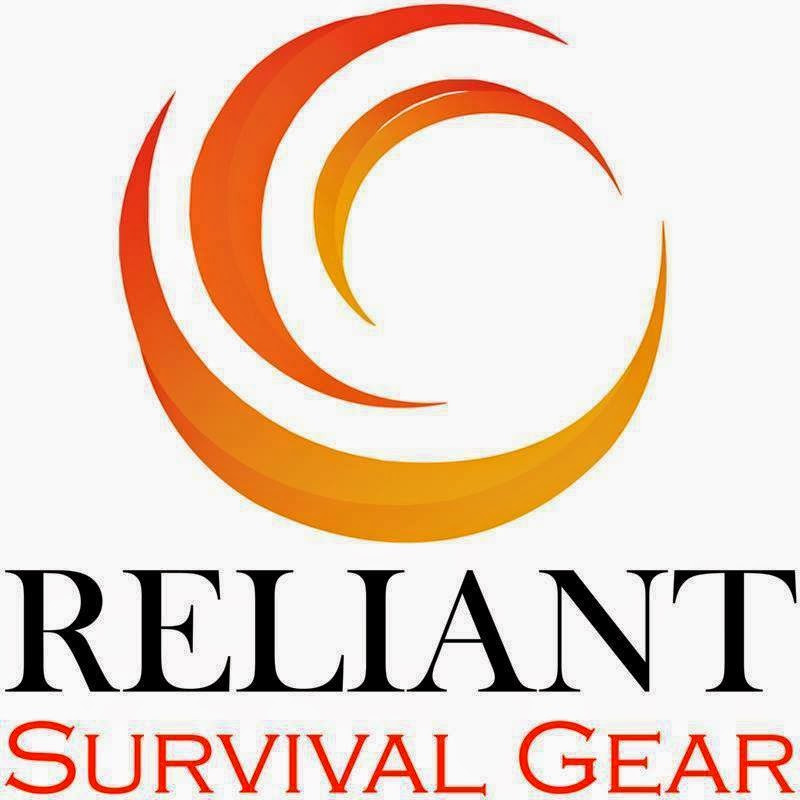

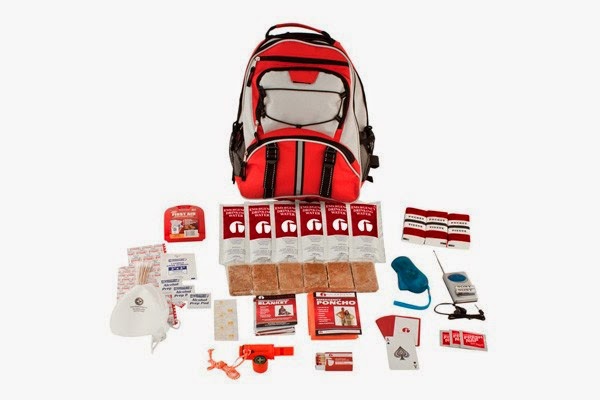
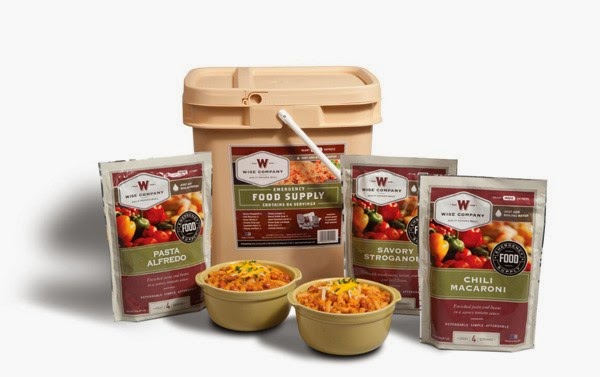
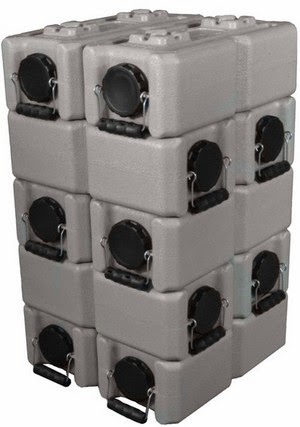












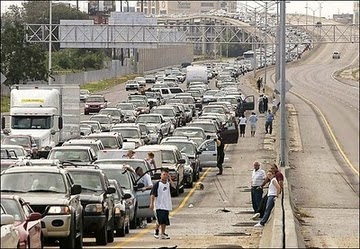






.jpg)










